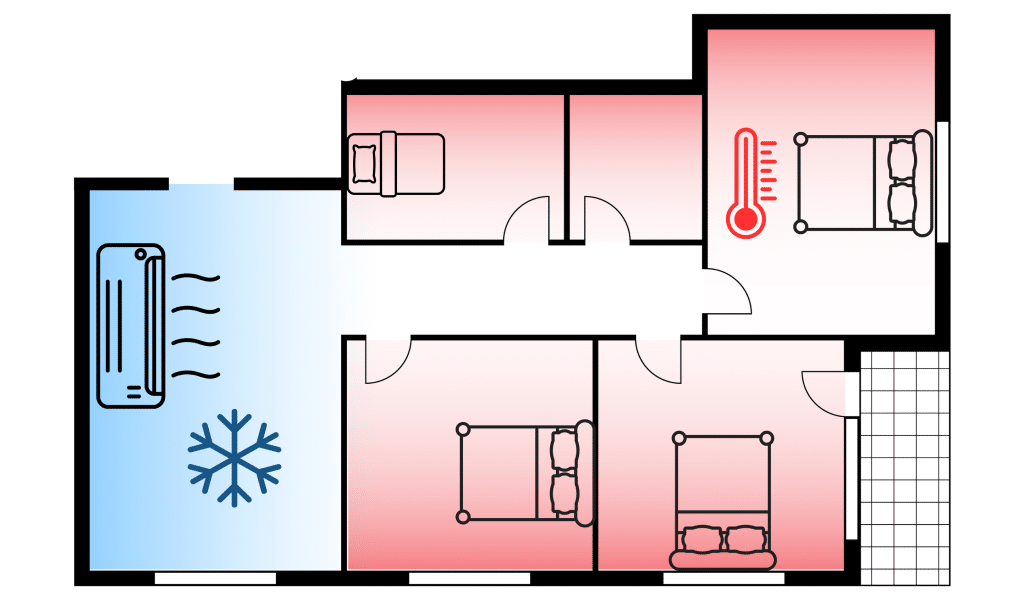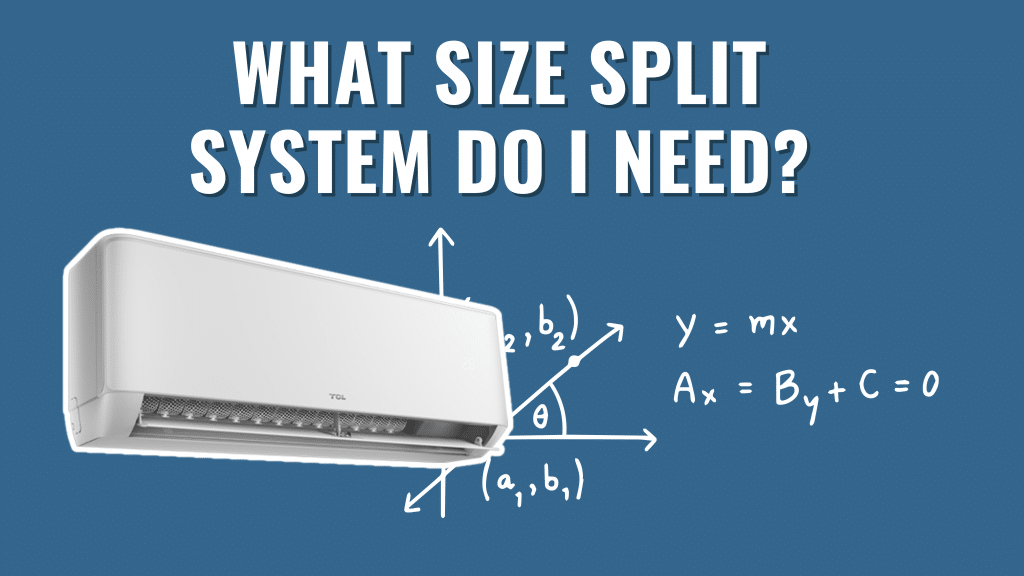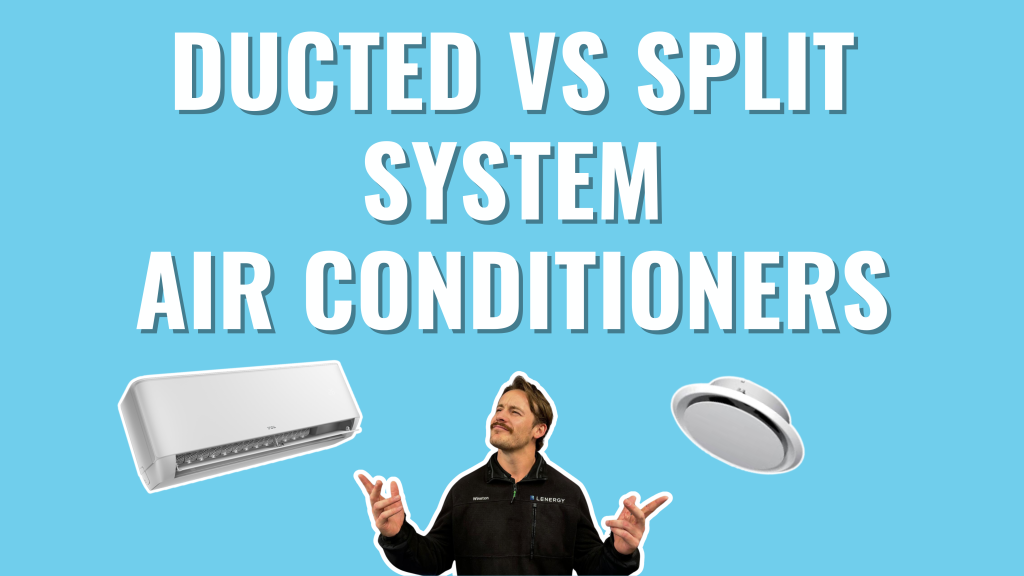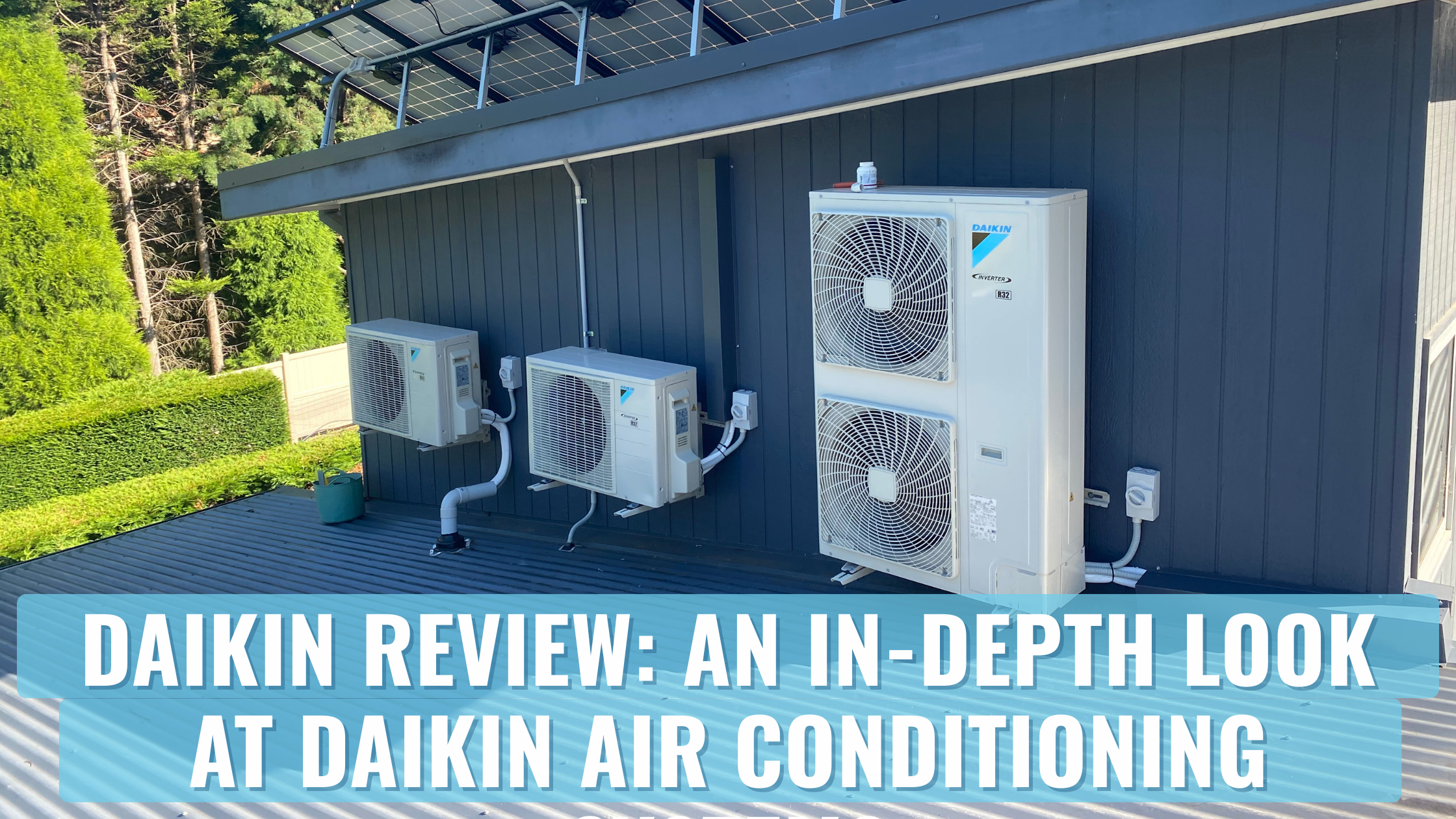
Written by Donna Wentworth
Last Updated: January 8, 2025
Will A Split System Heat My Whole Home?
Stop me if you’ve heard this one before: you’re looking for a system that can both heat and cool your home. You’ve probably come across split systems, but now you’re wondering, will it heat and cool my entire home? It’s a common question we get asked.
However, there’s one thing to keep in mind: split systems are designed to heat and cool individual rooms, not your entire home. If you’re hoping to regulate the temperature throughout your whole house, a split system might not be the best fit.
With years of experience in air conditioning installations, we will shed some light on why a split system might not be the best option for your home.
In this article, you’ll learn how split systems work for both heating and cooling, their benefits and limitations, and whether they’re the right choice for your space.
How Do Reverse Cycle Split Systems Work?
Split systems are versatile, offering both heating and cooling options through one unit. Unlike traditional air conditioning units, which only cool, split systems use a reverse cycle function.
A split system air conditioner works by using refrigerant to transfer heat between an indoor and outdoor unit. The indoor unit draws in warm air, cools it as the refrigerant absorbs heat, and then blows the cool air back into the room. The refrigerant, now heated, is compressed and sent to the outdoor unit, where the heat is released. The process repeats, cooling the room efficiently.
Will A Split System Heat Or Cool My Entire Home?
The quick answer is no, your split system won’t effectively cool or heat spaces around corners or distant rooms. Here’s why: air loses power as it moves away from the indoor unit. So if your unit is in the living room, that cool air won’t reach your bedroom down the hall. But don’t worry, there’s a solution. You can either install a ducted system that distributes air throughout the house or set up multiple split systems to cover different rooms and ensure the whole house stays comfortable.
If you live in an open-plan studio or a smaller, single-room space, you could easily manage with a larger 8 or 9 kW unit to heat and cool the entire area efficiently. These higher-capacity units are perfect for spaces where there aren’t many walls or barriers, allowing the airflow to reach all corners without the need for additional units. However, for most families or homeowners with multi-room setups, this isn’t a practical solution.
Larger homes with separate living areas and bedrooms will typically require more than one unit to ensure even heating and cooling throughout, making a single unit insufficient. Families would either need multiple split systems or a more extensive setup like ducted systems to meet their heating and cooling needs effectively.

The split system doesn’t have enough power to be able to reach the other bedrooms.
Pros and Cons of Reverse Cycle Split Systems
Pros:
- Energy Efficiency: One of the top perks of split systems is their energy efficiency. By using reverse cycle technology and R32 Refrigerant, split systems consume far less energy than traditional heating methods. When cooling, they also outperform older air conditioning units in terms of efficiency.
- Zone Control: Split systems give you precise control over the temperature in different rooms. If you spend most of your time in a couple of key areas, like the living room or bedroom, you can save a lot compared to heating or cooling the whole house. You can place units only where they’re needed, allowing you to customise your comfort while avoiding wasted energy.
- Lower Initial and Running Costs: Compared to whole-house systems like ducted HVAC, split systems come with a lower upfront price tag. They’re ideal for homes where only a few rooms need temperature control. Plus, since you’re only heating or cooling the spaces you actually use, your electricity bills will likely be much lower.
- Quiet Performance: One of the standout features of split systems is their quiet operation, particularly the indoor units. This makes them perfect for areas like bedrooms or living spaces where peace and quiet are essential. You won’t have to deal with the loud fans or compressors that can come with traditional systems.
- Heating and Cooling in One: A split system offers both heating and cooling in a single unit, eliminating the need for separate systems. This is a convenient and space-saving solution, especially for smaller homes or apartments.
Image taken from a Split System installation by Lenergy’s HVAC Technicians
Cons:
While split systems have a lot going for them, they do come with some drawbacks, especially when trying to heat or cool larger areas. Here are a few considerations:
- Limited Coverage for Larger Homes: As mentioned earlier, split systems are designed to handle individual rooms or zones, not entire homes. If you have a bigger house or need multiple rooms cooled or heated, you’ll either need several units or a more comprehensive system like ducted heating and cooling. This can push up both initial and ongoing costs, if multiple units are required.
- Struggles in Extreme Weather: While split systems work well in most conditions, they can struggle in extreme weather. For example, in very cold climates, the outdoor unit can freeze up, potentially leaving you without heating. If you live in an area prone to harsh winters, a backup heating option may be necessary.
- Maintenance Needs: Like any HVAC system, split systems require regular upkeep to keep them running smoothly. This means cleaning or replacing filters, checking for refrigerant leaks, and keeping the outdoor unit free from debris. While manageable, it does add an extra maintenance task for homeowners.
- Aesthetic Issues: For some, the look of wall-mounted indoor units can be a downside. They aren’t as discreet as other options like ceiling or floor vents. And if you have several units around the home, it might not fit with a minimalist or seamless design.
Read Our Full Article here
When is a Split System a Good Fit?
- You live in a small to medium-sized home or apartment.
- You want to control the temperature of individual rooms rather than the whole house.
- You’re looking for an energy-efficient solution that reduces running costs.
- You live in a climate with mild to moderate winters and summers.
When Should You Consider Other Options?
- You need to heat or cool multiple rooms.
- Your home experiences extreme cold, and you require powerful heating throughout.
- You prefer a centralised system without visible wall units.
Read Our Full Article here
Split Decision: Is It the Right Fit for You?
Now that you understand the capacity of a split system, you’re in a better position to decide if it’s the right choice for your needs.
Still unsure? No need to stress—you don’t have to make the decision alone! We offer free quotes and can assess your space or chat with you to recommend a solution that’s perfectly tailored to your situation.









